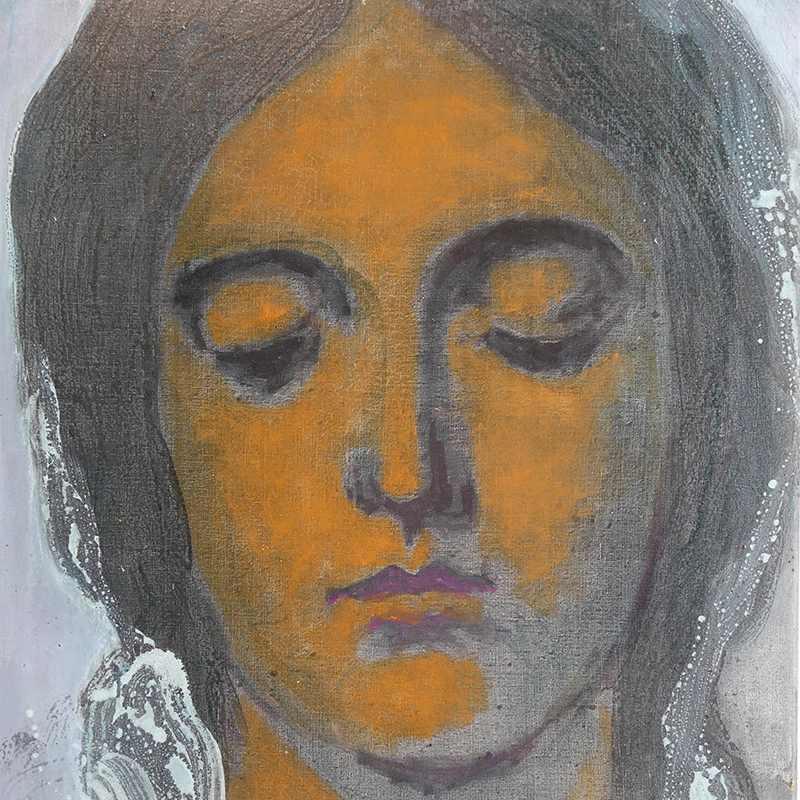
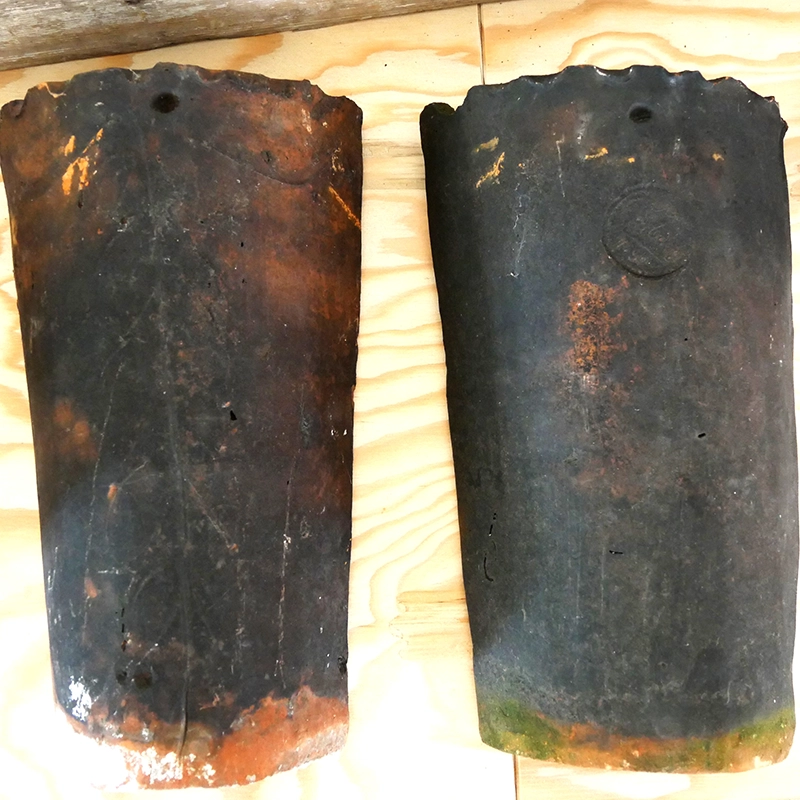
Art exhibition in and talk about the Altlangsow school and prayer house. The exhibition will be on display until June 23, 2024.
The Förderverein Schul- und Bethaus Altlangsow e.V. (Altlangsow School and Prayer House Association) took the opportunity of the CHURCH theme year to present an artistic and documentary exhibition highlighting the buried spiritual roots of the school and prayer house, as well as the transformation of this place into today's cultural venue and village meeting place.
The Brandenburg State Office for the Preservation of Monuments lists nine preserved school and prayer houses, including three in Märkisch-Oderland: Altlangsow (1832), Alttrebbin (1820) and Wuschewier (1764). Here, as in the other school and prayer houses in Brandenburg, this type of building with its combination of church prayer room and schoolroom with teacher's apartment is typical of the meagre living conditions of village parishes. The renunciation of representation and architectural gestures, illustrated by the timbered, free-standing belfries instead of steeples, and the accommodation of sacred and school functions under one roof, corresponds to the constraints of economy, but also to the self-image of Prussian Protestantism.
The Altlangsow school and prayer house stands out from comparable buildings in Brandenburg due to its sophisticated interior design. It goes back to Karl Friedrich Schinkel's designs, which King Friedrich Wilhelm III designated as a model for country churches in the Prussian provinces ("Schinkel's normal churches"). Surprisingly for visitors and extremely appealing for artists, the worship room quotes pathos formulas of classicist church construction such as the Doric columns, the barrel vault or the thermal window in the main axis in a simple, "village-like" design. Nevertheless, the original purpose of the building is no longer readily apparent. Only two historical photographs, probably from around 1900, still document the belfry and the ridge cross, the pulpit altar and the pews, elements which, with the exception of three pews, have been lost apart from fragments.
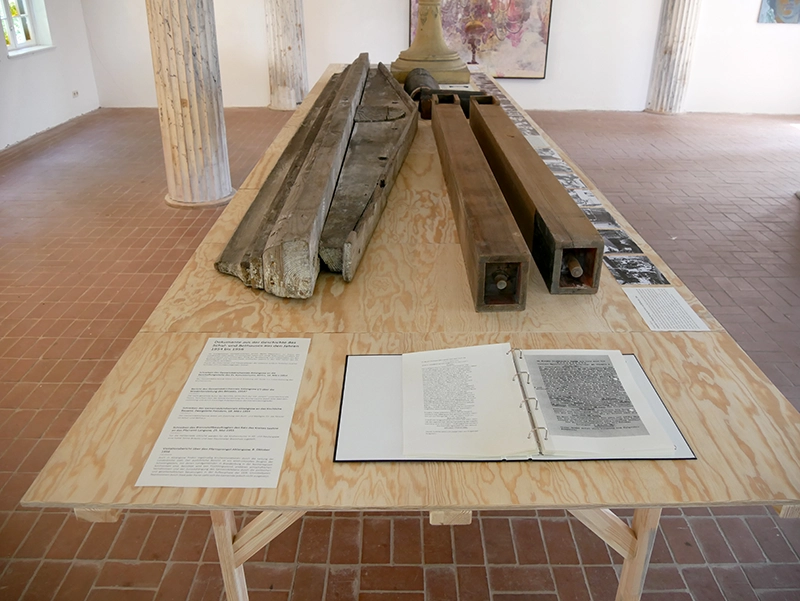
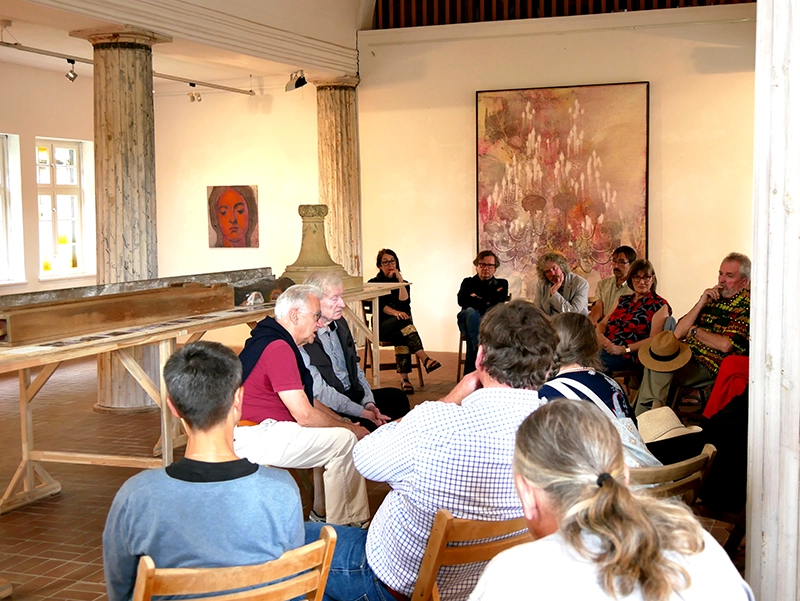
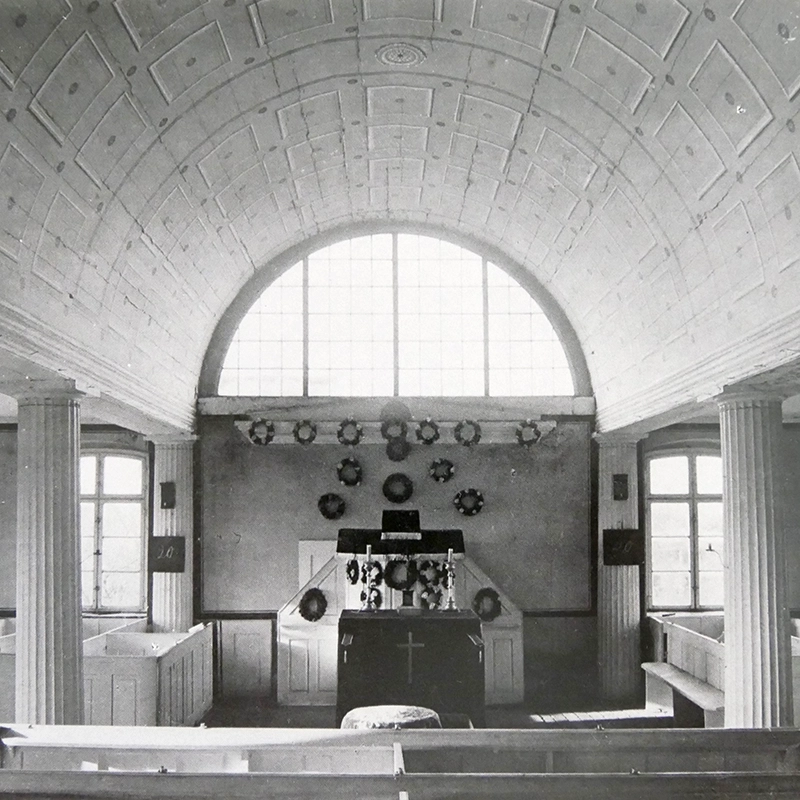
Recently, however, historical objects have been found in the Seelow district archive, which impressively illustrate the history of the house, including wooden pipes from the lost organ, which were found and salvaged in the rubble during renovation work in the 1980s. Dated roof tiles from the construction period, fragments of the baptismal font, some archive documents as well as reports and memorabilia from older residents were presented in the central axis of the exhibition space in a restrained manner in the sense of a documentary-archaeological search for clues. In conversation with Ekkehart Hähnel, who managed the restoration of the school and prayer house in 1986/88 as a member of the Seelow district's advisory committee on monuments and at the same time as head of a construction office of the LPGs in the district, the history of the house was brought into focus together with local residents who still remember school lessons, confirmation celebrations or weddings in the school and prayer house.
This search for traces was contrasted with impressive works of art that evoke the themes of "contemplation and learning" in a broad sense in an abstract but impressive way and make the spiritual aura of the place tangible. On display are works by Berlin artist Robert Weber Weber has been exploring the basic experience of religiosity beyond church or denominational ties in unconventional ways for years in large-format paintings, objects and drawings.
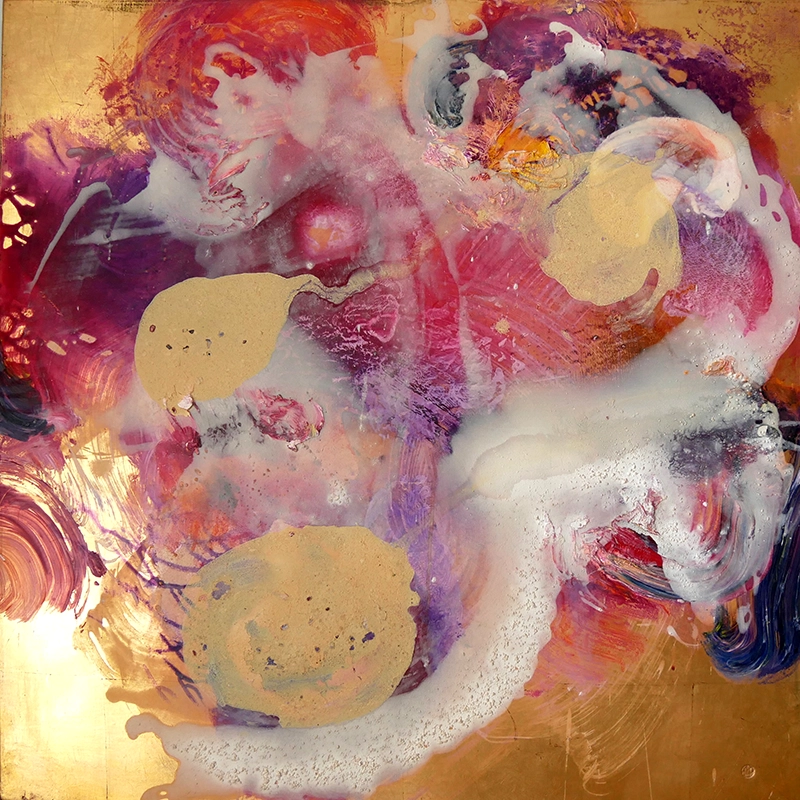

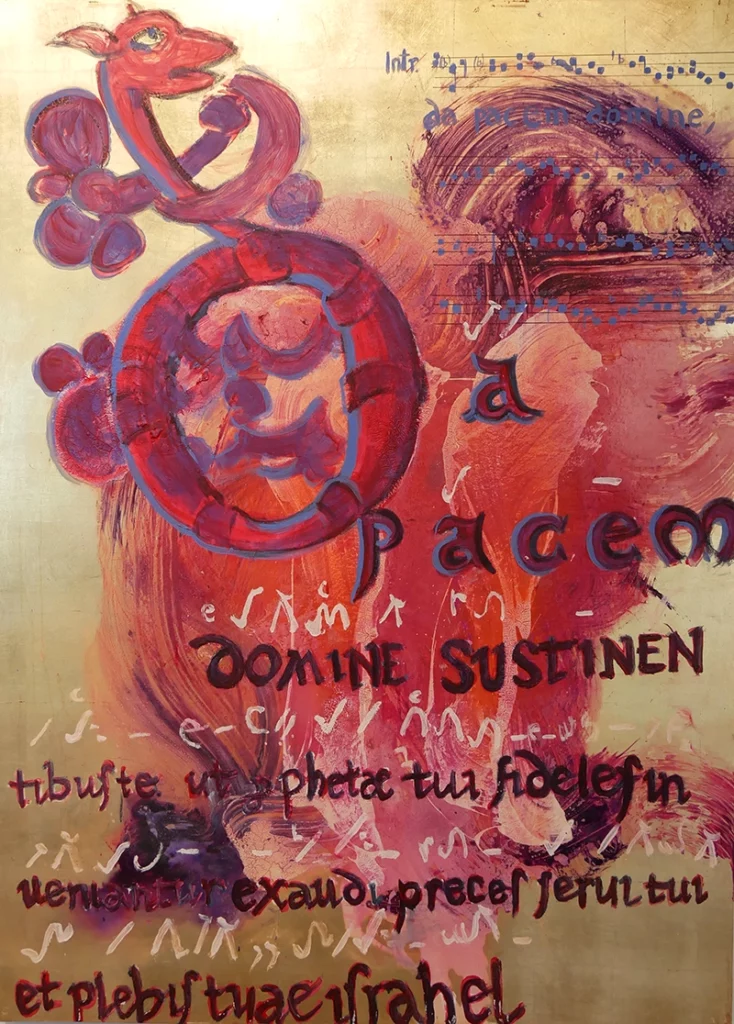
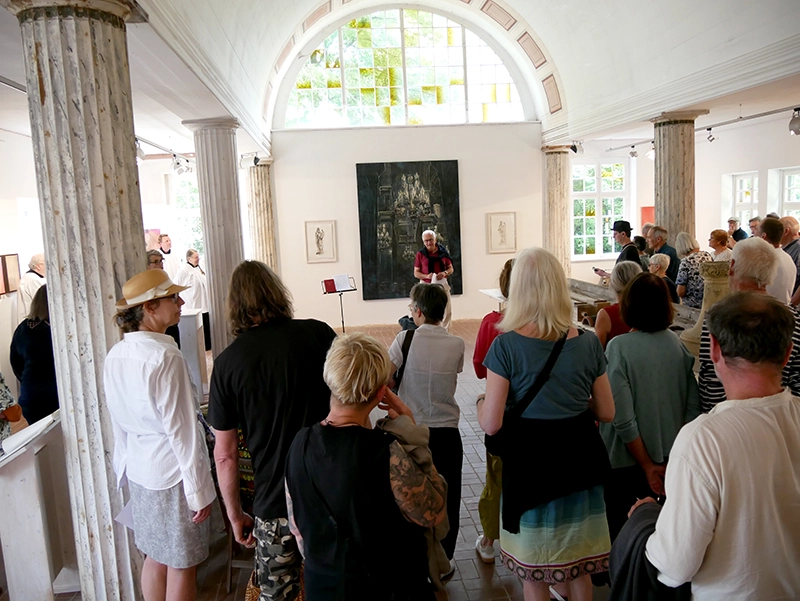
The exhibition will be on display until June 23, 2024.